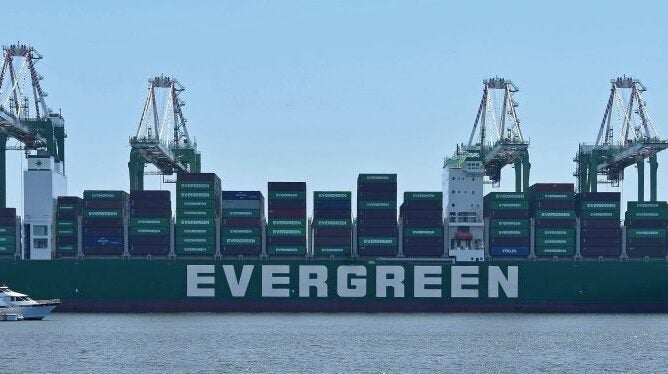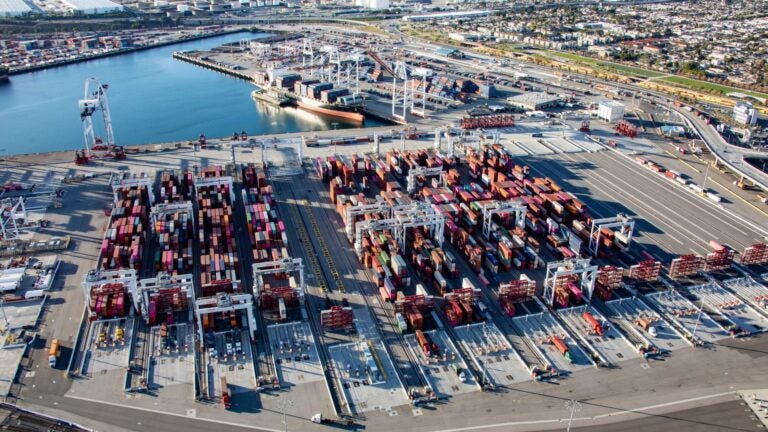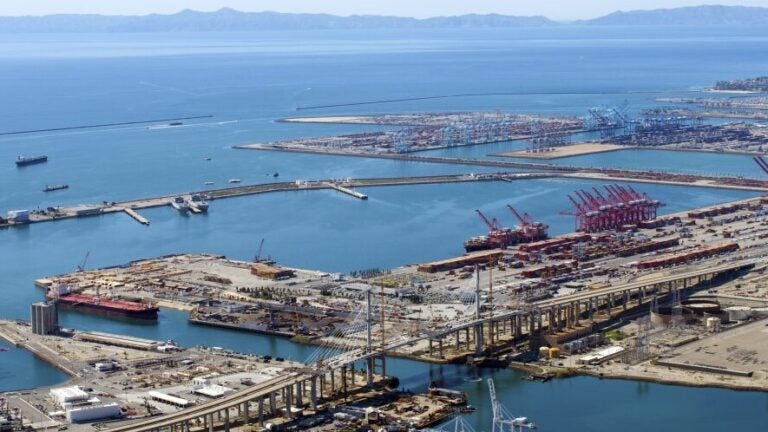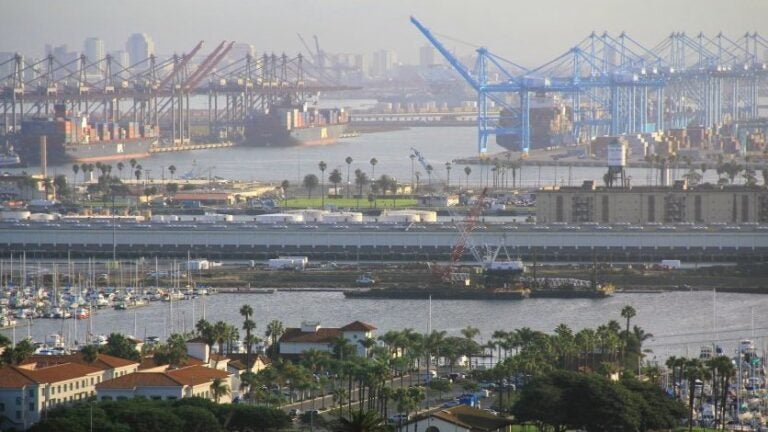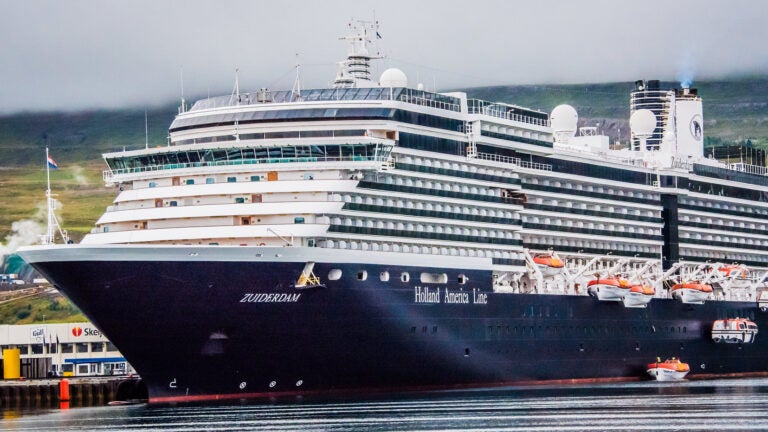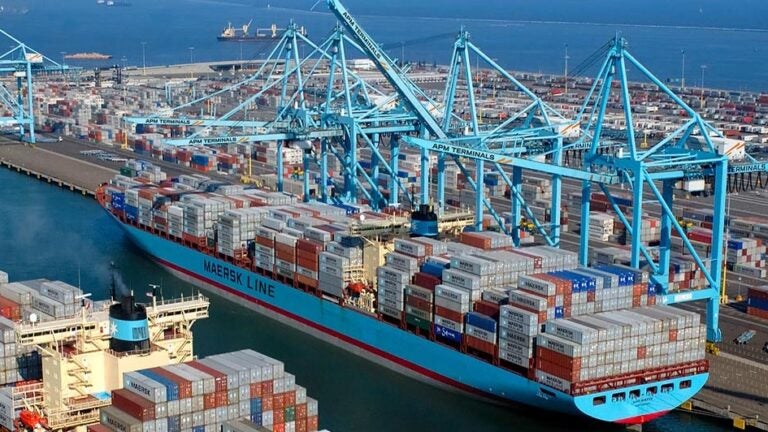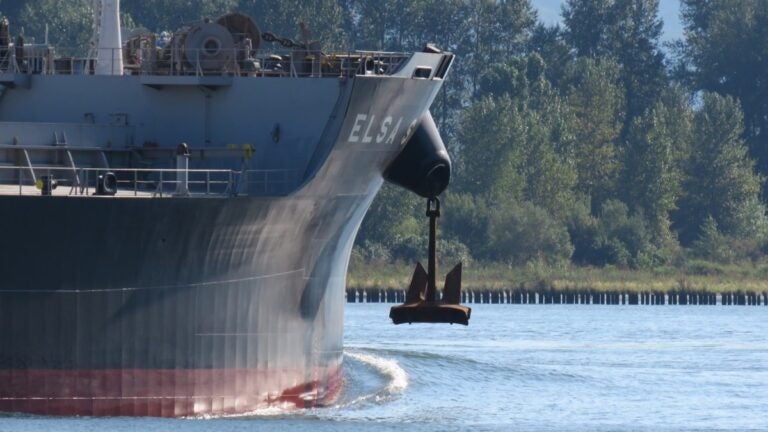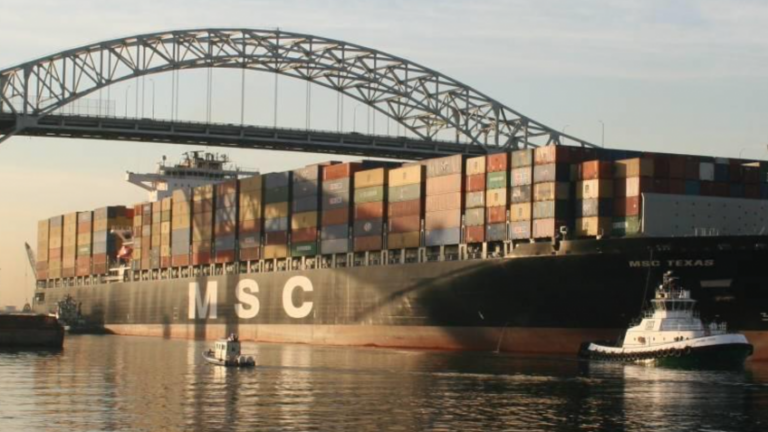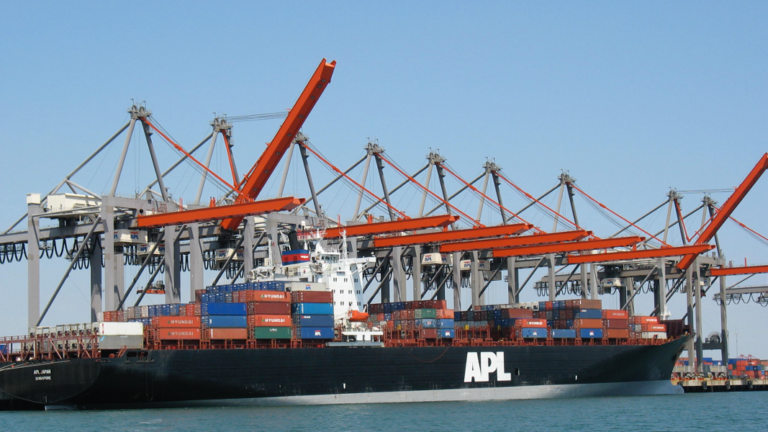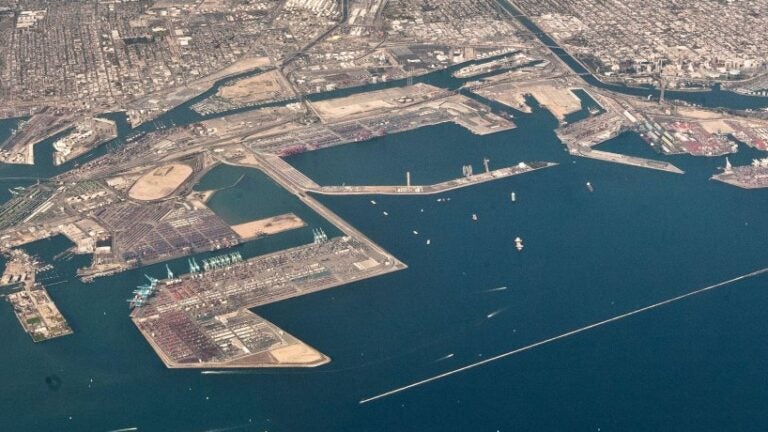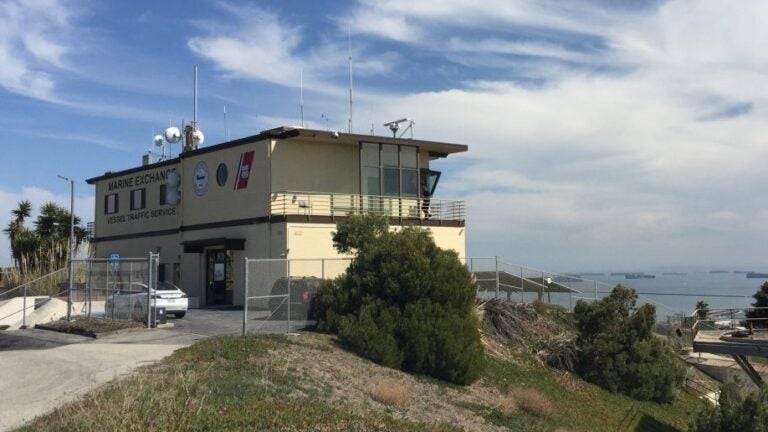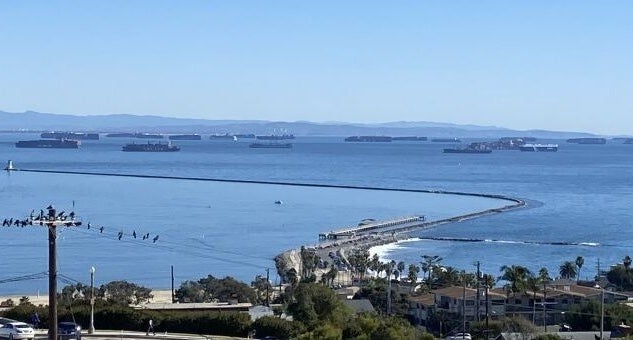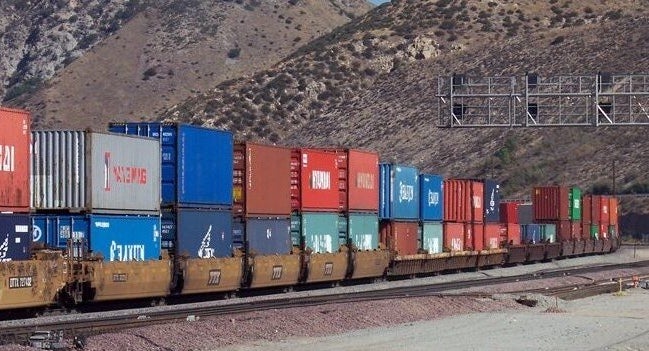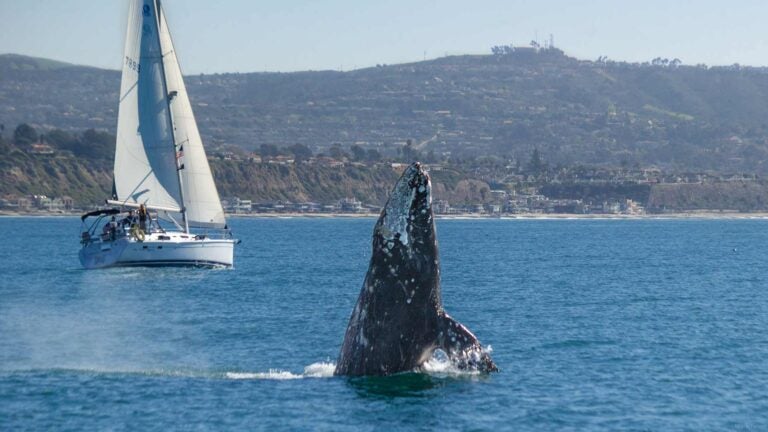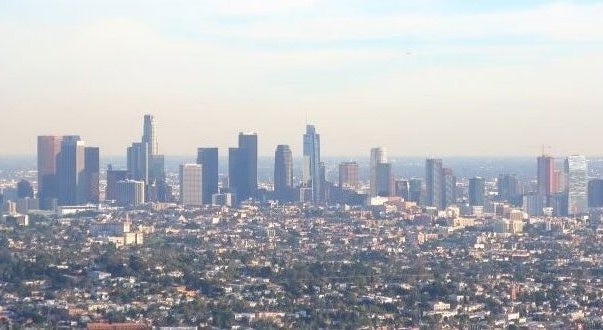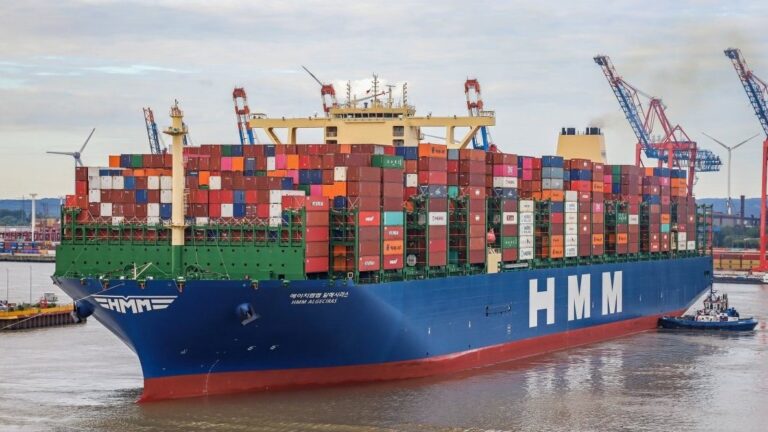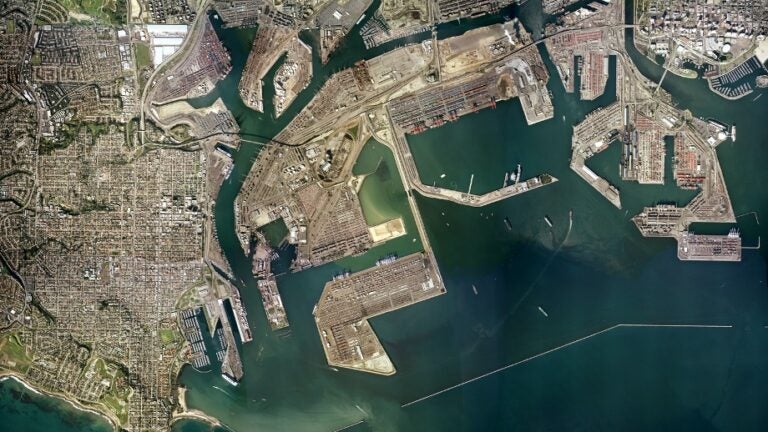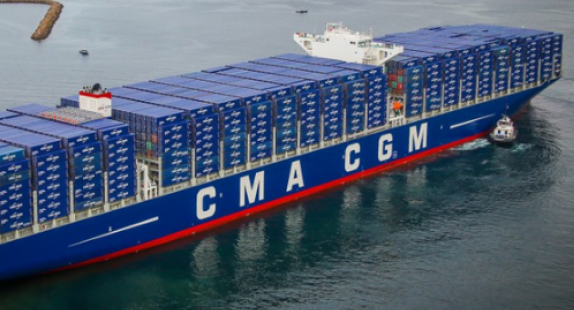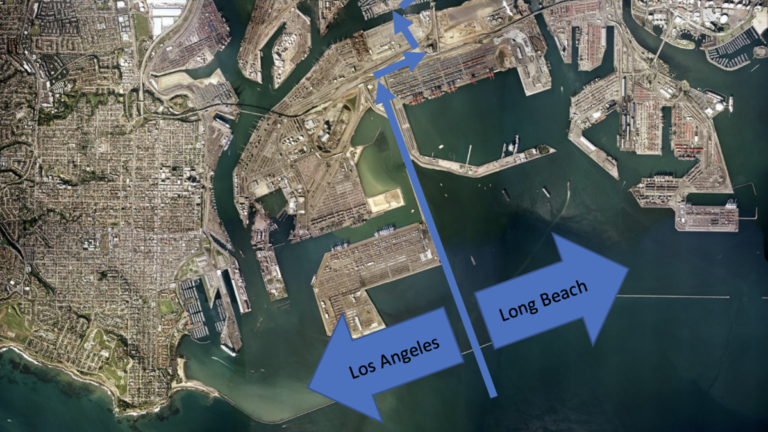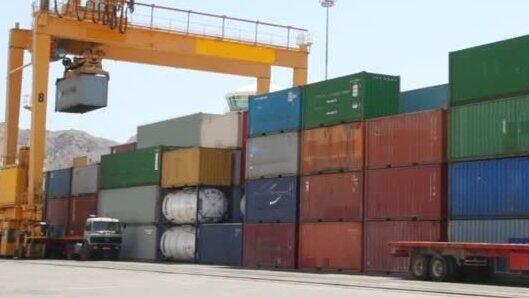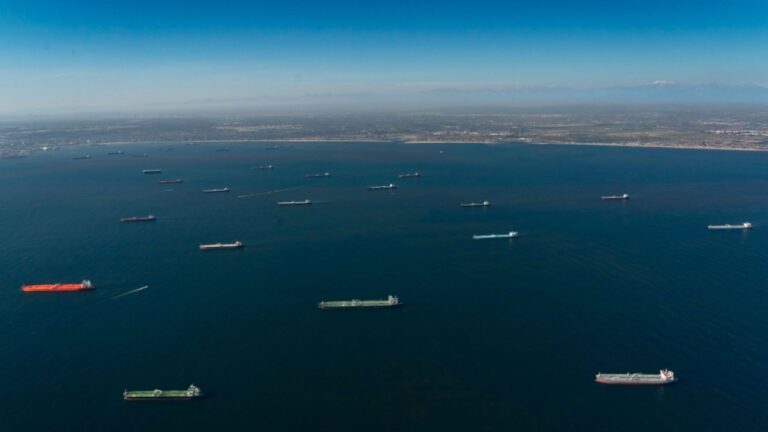Since 2020, USC Sea Grant has hosted this blog highlighting marine transportation topics and issues that are relevant to Southern California. The Port of Los Angeles (in San Pedro) and the Port of Long Beach are the #1 and #2 container ports in the U.S., bringing in about 45% of import cargo for the country and managing over 1.3 billion in cargo value every day. This series aims to address common questions, highlight current topics and issues, and increase knowledge and understanding of these important ports. It is written by Dr. James Fawcett, who recently retired but worked as USC Sea Grant’s Marine Transportation and Seaport Specialist for 36 years. Dr. Fawcett had a decade of experience as a port manager with the County of Los Angeles, where he was Chief of Planning for the county’s Department of Beaches and Harbors. His interest in marine affairs grew out of three years of experience at sea in the late 60s through the early 70s as an officer in the U.S. Navy, where he was both a ship driver and communications officer.
Published June 30, 2023
The Covid-induced buying spree of 2021 led to an overwhelming shipping back-up and loitering dilemma at the Ports of San Pedro Bay. This Ship’s Log Article explains how developing a new plan optimized container ship movements across the Pacific to reduce air pollution, save fuel, and eliminate vessel congestion, all within 27 days.
Published October 31, 2022
The movement of marine freight has evolved over the past sixty years. Once a slow, labor-intensive process, it now consists of thousands of identical intermodal cargo containers carrying products throughout our nation. This Ship’s Log Article explores the container revolution, modernizing the container terminal, and the development of using automated container terminals at our ports.
Published September 30, 2022
We have all heard of the diesel engine. But do we know how and when it became the world’s most popular type of engine? This Ship’s Log Article discusses how diesel engines became the dominant engine in the maritime world, and how efforts are put in place to reduce the exhaust pollution of such engines in our ports.
Photo: Flickr by Mark Michaelis, CC-BY 2.0
Published July 29, 2022
In our huge, busy seaports, it is probably no surprise that safety is a top priority. But who’s in charge? This Ship’s Log Article discusses the multiple layers of safety provided by our seaports in Los Angeles and Long Beach and how notable committees provide protection by representing the varying stakeholders that use our ports’ resources.
Photo: “Port of Long Beach by Don Ramey Logan.jpg from Wikimedia Commons by D Ramey Logan, CC-BY-SA 3.0“
Published June 24, 2022
Throughout the world, seaports are a nation’s front door to its trading neighbors. In a world where products are widely traded between nations, our ports have relied upon policies that behave like screen doors, open to breezes while keeping out only the peskiest of pests. All of that changed after 9/11. This Ship’s Log Article discusses the multi-faceted set of statutes and regulations created to protect the American public and the movement of goods from threats both here and abroad.
Published April 29, 2022
Have you ever participated in a lifeboat drill on a cruise or ship? This safety measure is one example of the many international protocols that the maritime industry put into place to provide safety for our crews, passengers, and other vessels. This Ship’s Log Article discusses four important international policies that secure maritime safety.
Published January 31, 2022
As the saying goes, “out of sight, out of mind,” however, when it comes to interacting with our oceans, what is left behind makes a huge impact on our world’s environment. This Ship’s Log Article discusses the guidance put in place across our nation and world to prevent pollution to our waters from the marine supply chain.
Published December 15, 2021
Every ship that transports goods through our twin ports at San Pedro Bay interacts with the land behind the harbor, otherwise known as the terminal. This Ship’s Log Article discusses the different types and sizes of terminals at our ports, how they’re owned, and how they play a vital role in the movement of goods.
Published October 28, 2021
Published September 30, 2021
Published July 30, 2021
Also known as an elegant, tall, flying bird, it seems appropriate that the term “crane” is used for the massive, upright arching, metal machines that reside by the water, moving freight containers between the dock and adjacent ships. This Ship’s Log Article discusses these ship-to-shore cranes and how they transformed the movement of goods around the world.
Published June 29, 2021
Beginning in 2006 and in cooperation with one another, the two huge seaports of Los Angeles and Long Beach formed a unique partnership to improve ambient air quality in the Los Angeles air basin, called the Clean Air Action Plan. This Ship’s Log Article explores what has been done over the last 15 years and what may be the next steps in improving local basin air quality as well as reducing vessel contributions to global warming.
Published April 30, 2021
Just as an airport needs air traffic controllers to weave arrivals and departures, so does a major seaport. For our twin Ports of Los Angeles and Long Beach, they are managed by the Marine Exchange of Southern California. Little known outside the ports, this Ship’s Log Article discusses about why it is such a critical seaport function.
Published March 31, 2021
Over the past three months, our twin seaports at Long Beach & Los Angeles have hosted more vessels than normal, and there is a major increase in ships at anchor waiting for space at our docks. This Ship’s Log Article discusses why that is, to what extent COVID is a cause, and what we can expect in the near future.
Published February 26, 2021
In article #9, we followed the journey a mythical copier makes from China to Chicago. This Ship’s Log Article discusses what happens after the cargo is dropped off, how a container makes its way back to China, and the congestion & disruptions that can occur in the supply chain due to COVID.
Published January 28, 2021
We’ve all seen the phrase, “Sorry, your item is on backorder.” Maybe you ordered an office copier and the manufacture keeps pushing the delivery date back. This Ship’s Log Article takes a deeper look at the logistics chain of this copier to see what happened, its path to your office, and where it fits into the larger picture of distributing goods.
Published November 30, 2020
Twin behemoths ply the seas near us. Both are huge, with one residing under the sea and the other bringing cargo to our shores. This Ship’s Log Article discusses the interaction these two have in a shared ocean space, the problem of ship strikes, and the efforts being done to protect whale populations.
Published October 30, 2020
Are clean air and transportation mutually exclusive? If we want clean air in Los Angeles, will it inevitably come at the cost of losing the goods movement business in our twin seaports? The Ports of Los Angeles and Long Beach have an answer to these questions: no. This Ship’s Log Article discusses the measures put in place to maintain clean air while supporting our operating ports.
Published September 28, 2020
Whether you spot a ship in the ocean from afar or you take a visit to one of LA County’s two ports, you’ll notice there are a lot of shapes and sizes of ships passing through our waters. This Ship’s Log Article discusses the many ships of San Pedro Bay’s seaports.
Published August 31, 2020
The two cheek-by-jowl mega ports in San Pedro Bay are the busiest container ports not only in the U.S. but also in North America. Handling almost 17 million twenty-foot equivalent unit (TEU) containers each year, they dwarf the volume of most other container ports on either coast. This Ship’s Log Article discusses how did this happen historically and what is it about these ports that continue their success? The answers lie in geography, railroads, civic pride, economics, and climate.
Published July 31, 2020
Did you know that the two ports of Los Angeles County experience 40% of all import cargo to the United States? Due to this, they are often a reliable indicator of economic activity in the country. One question being asked these days is whether COVID-19 has affected ship traffic. This Ship’s Log Article discusses how it is being impacted during the pandemic.
Published June 30, 2020
The twin ports of Los Angeles and Long Beach are ranked as the top two busiest seaports in the U.S., handling more than 40% of all containerized cargo imported to the nation. This Ship’s Log Article discusses how these ports have evolved as critical resources and remain competitors amid being linked side-by-side.
Published May 29, 2020
Shipping containers, cans, boxes. We’ve all seen them on the road and most of us vaguely understand what they are and what they do. This Ship’s Log Article discusses these ubiquitous and vital elements of the world’s goods movement system.
Photo: Pavel L Photo and Video/Shutterstock.com
Published April 27, 2020
COVID-19 is affecting our seaports with reduced deliveries and the strange sight of anchored tankships in San Pedro and Long Beach. This Ship’s Log Article discusses what is happening.
Photo by Petty Officer 3rd Class Aidan Cooney, U.S. Coast Guard
